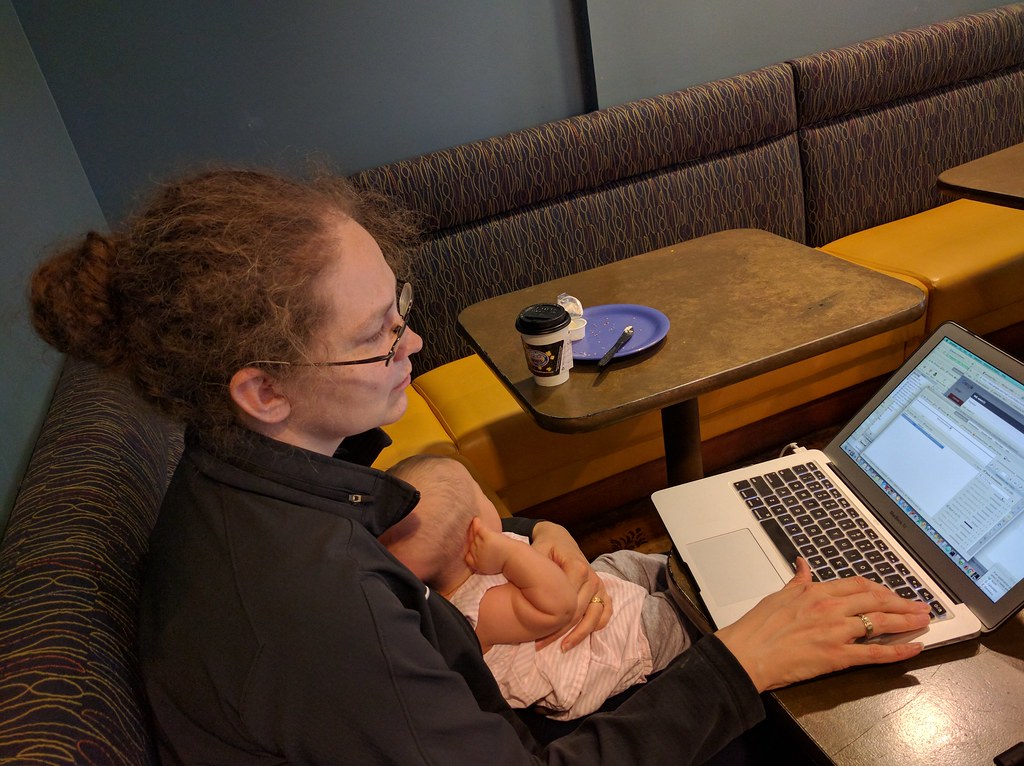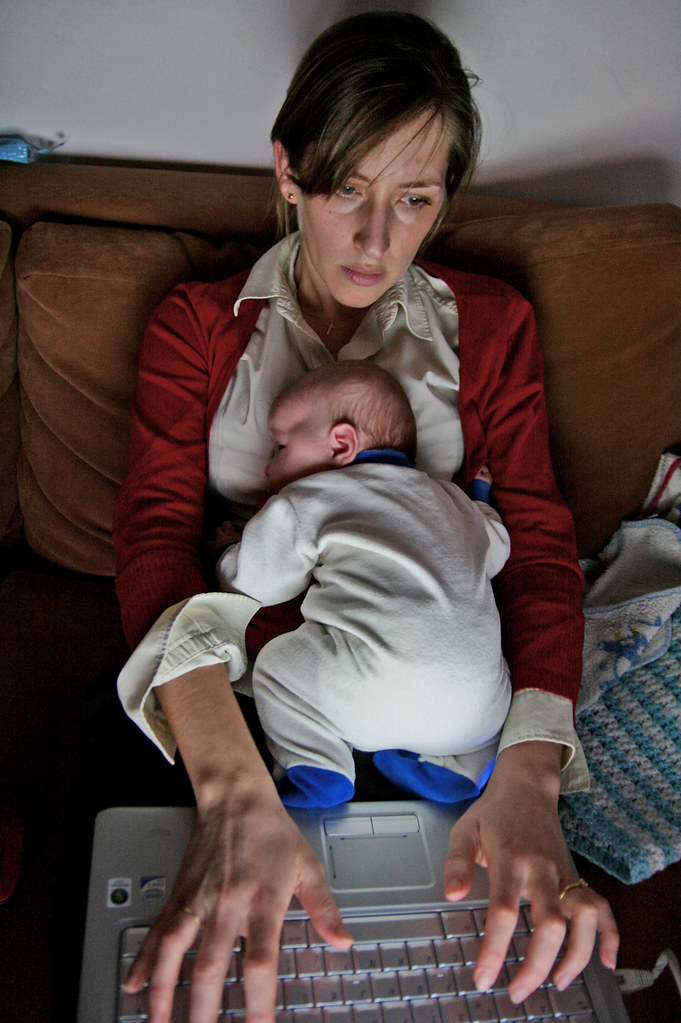We have to start planning now to help women reenter the workforce and pickup their careers when the pandemic ends.

Earlier this month, the Department of Labor released new data showing that while lay-offs went down in July, 2.9 million people quit their jobs—a 2.1 percent increase. The rise in quit rates was concentrated in professions where women are disproportionately represented, for example, retail and public sector (including education) jobs.
An increase in quit rate is unusual during a recession. Typically, a rising quit rate signals low unemployment and confidence that when someone quits a job they will find another.
But, of course, COVID-19 means things are far from typical. The closure and only partial reopening of schools and daycares has forced many women out of the workforce.
Overall, women’s labor force participation rate has dropped during the pandemic, driven both by disproportionate layoffs and quits. The increase in quit rates is just the latest sign that we have to start planning to help women reenter the workforce and pickup their careers when the pandemic ends.
The United States’ insufficient paid leave and childcare policies have long led women to sacrifice their careers for caregiving responsibilities. As a result, we have a wealth of data on how stepping back from the workforce to care for children affects women’s long term earnings: Women who leave the workforce for five years to care for children see their lifetime earnings decrease by almost 20 percent.
Indeed, the time women spend out of the workforce for caregiving helps drive the gender gap in wages.
Counteracting Women’s COVID Quit Rates
The pandemic is on track to exacerbate this inequality, but a new agenda that both helps compensate women for the work they do while out of the workforce during the pandemic and helps women reenter the workforce at the end could counteract this.
This agenda should start with reinstating the $600 UI expansion, which through the Pandemic Unemployment Compensation was available to individuals who had to leave their jobs to care for children when schools closed. But this reinstatement, while essential, is not sufficient.
At the end of the pandemic, there will be a group of people, mostly women, who will have foregone career advancement opportunities because they had no childcare options and deserve help. Let’s call them “returning COVID caregivers” (RCCs).
Helping RCCs requires recognizing that breaks in employment make it more difficult to find a new job and have long-term wealth effects, for example decreasing Social Security retirement benefits.
To that end, RCCs should be allowed to continue to receive (hopefully re-expanded) UI benefits until their children return to school and they receive a job offer that pays more than their last job or what they drew from UI during COVID, whichever is higher.
Furthermore, we should guarantee that the UI benefits earned while performing COVID caregiving count towards an individual’s ultimate Social Security benefit.
An agenda for RCCs should also encourage employers to hire COVID caregivers. Discrimination against caregivers in hiring and promotion is well documented. It should be formally banned.
But, again we should go further. Legislation should mandate that the federal workforce training and job placement system (as it exists or reimagined under a jobs guarantee) actively include RCCs. Beyond training, the federal government could give tax credits or otherwise subsidize employers who rehire RCCs.
Many people have written about how the pandemic has laid bare the value of care work and the need for paid family leave and a national childcare plan. That is true—but for the caregivers who are sacrificing their careers now those systems are unavailable and, without an agenda for them, they will literally pay a steep price.
You may also like:






